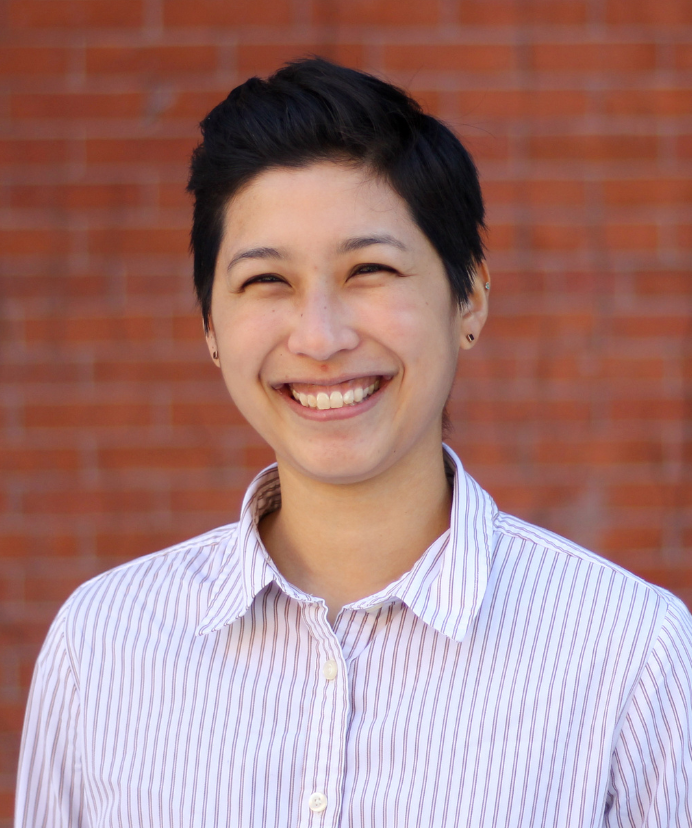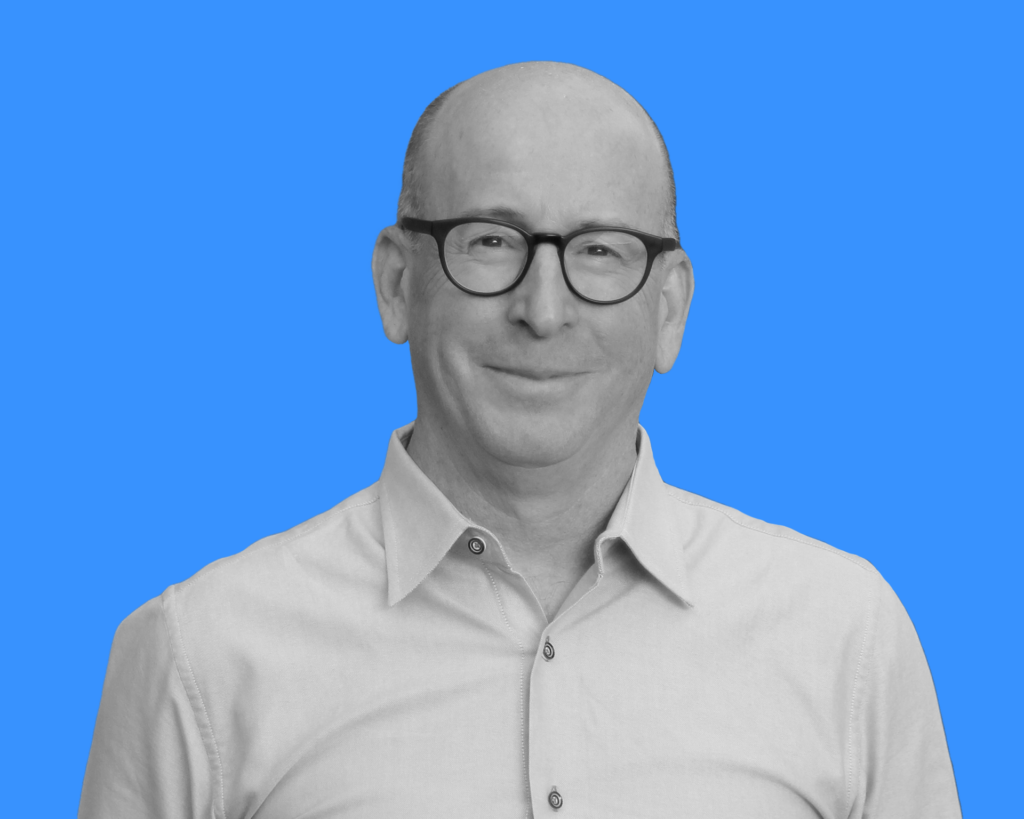Yeeli Mui
Dr. Yeeli Mui’s research focuses on the intersections of food systems, urban planning, and community engagement.

Read Time: 4 minutes
Published:
Yeeli Mui is an assistant professor at Johns Hopkins Bloomberg School of Public Health and a core faculty with the Bloomberg American Health Initiative. Her research focuses on the intersections of food systems, urban planning, and community engagement.
Public Health Post: When we talk about a “food system,” what are its components?
Dr. Yeeli Mui: A food system is the infrastructure, people, and policies that enable food to get from the farm to the plate and beyond. This includes all activities from food production and food processing, to food acquisition, preparation, consumption, and the management of food-related waste.
How was our food system disrupted by the Covid-19 pandemic?
First and foremost, food system workers were pushed to the front lines to provide essential services. This included farmers and producers, grocery store workers, those working in food processing facilities, and emergency staff and volunteers at food pantries. Their health and wellbeing was put at risk when they had to navigate crowded transportation conditions, only to arrive in workplaces that were not properly set up for physical distancing and good hygiene.
We also saw severe supply chain disruptions, especially in the meat and dairy industry. When thousands of workers contracted Covid-19, meat packing plants were forced to close. And when restaurants and other retailers shut down across the country, farmers literally poured millions of pounds of milk down the drain.
On the consumer end, the pandemic affected food security for millions of Americans. More than half of adults in urban areas and about 40% of adults in rural areas experienced food insecurity. Rates were higher among lower-income households, households with children, and communities of color.
How did the pandemic change the way we think about and understand the root drivers of food inequities?
The pandemic has really forced us to think about why we have the food inequities we see today. To answer that question, we have to take a much closer look at the root causes: the social, spatial, and structural determinants driving food disparities, such as how resources have been placed in different neighborhoods.
In this new thinking, it’s critical we move away from talking about food deserts. “Food desert” comes from a very deficit-based perspective and ignores America’s legacy of redlining, segregation, and structural racism that’s shaped the food environments we see today.
An alternative and emerging framing is around food justice and food apartheid. These framings force us to pay attention to the historical and sociopolitical context that’s resulted in the differences in food systems we see today for Black and Brown communities compared to white communities.
Are there any communities that stand out for their ability to address gaps in food access when the pandemic hit?
One example is the City of Buffalo, which brought together a coalition of nearly eighty individuals and organizations called Seeding Resilience. This group of growers, emergency food providers, bicycle couriers, food justice advocates, researchers and others, rapidly developed a three-pronged strategy to respond to Covid. Their strategy included rapidly redistributing food to neighborhoods in need, creating opportunities for front and backyard growing, and increasing employment opportunities.
We also saw food policy councils arise in cities across the country, which organized people from all sectors to respond to their community’s needs. For example, the Rhode Island Food Policy Council called on the Governor to designate grocery clerks and stockers, fast food workers, food hub workers, and school meal preparers, as Tier 2 emergency workers, which would then provide them with access to free childcare.
What food-related policies emerged during the pandemic (city, state, and/or federal) that should be sustained as we move into a “new normal”?
At the federal level, the government more than doubled its spending on food aid. SNAP went from $4.5 billion before the pandemic to $10.4 billion in May 2021. The latest report by the USDA found that this extra spending helped Americans overall – the food insecurity rate in 2020 was comparable to the rate in 2019. But even though this food aid helped, food insecurity increased for Black households, households with children, and households in the South.
At the local level, cities were forced to rethink the use of space and its importance for physical and mental wellbeing. Going forward into a “new normal,” I hope decision-makers will prioritize creating health-promoting spaces for all people. This includes making transportation to essential destinations less auto-dependent and providing land and space for people to grow their own food.
Dr. Mui will be a part of the upcoming virtual Public Health Conversation, The Next Normal: Food and Health, on Thursday, Oct. 14, at 4:30 p.m. Register here to participate.
Photo provided by Yeeli Mui



